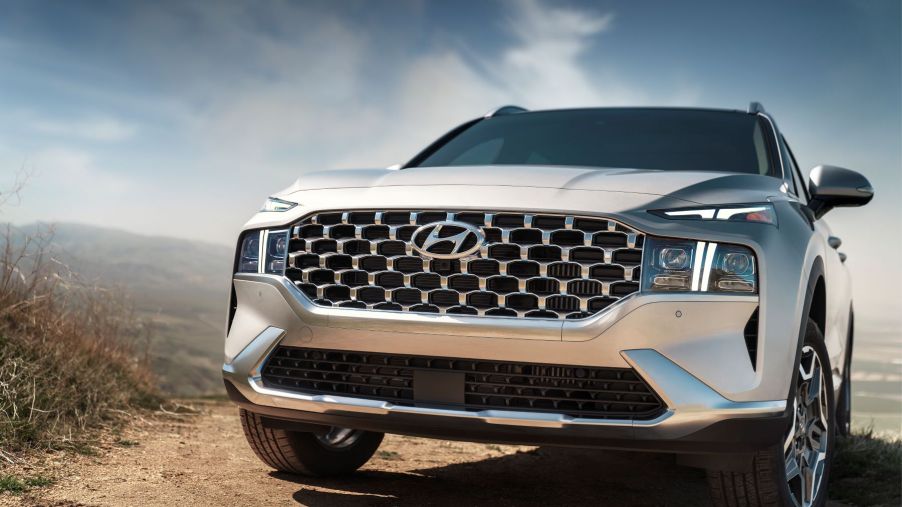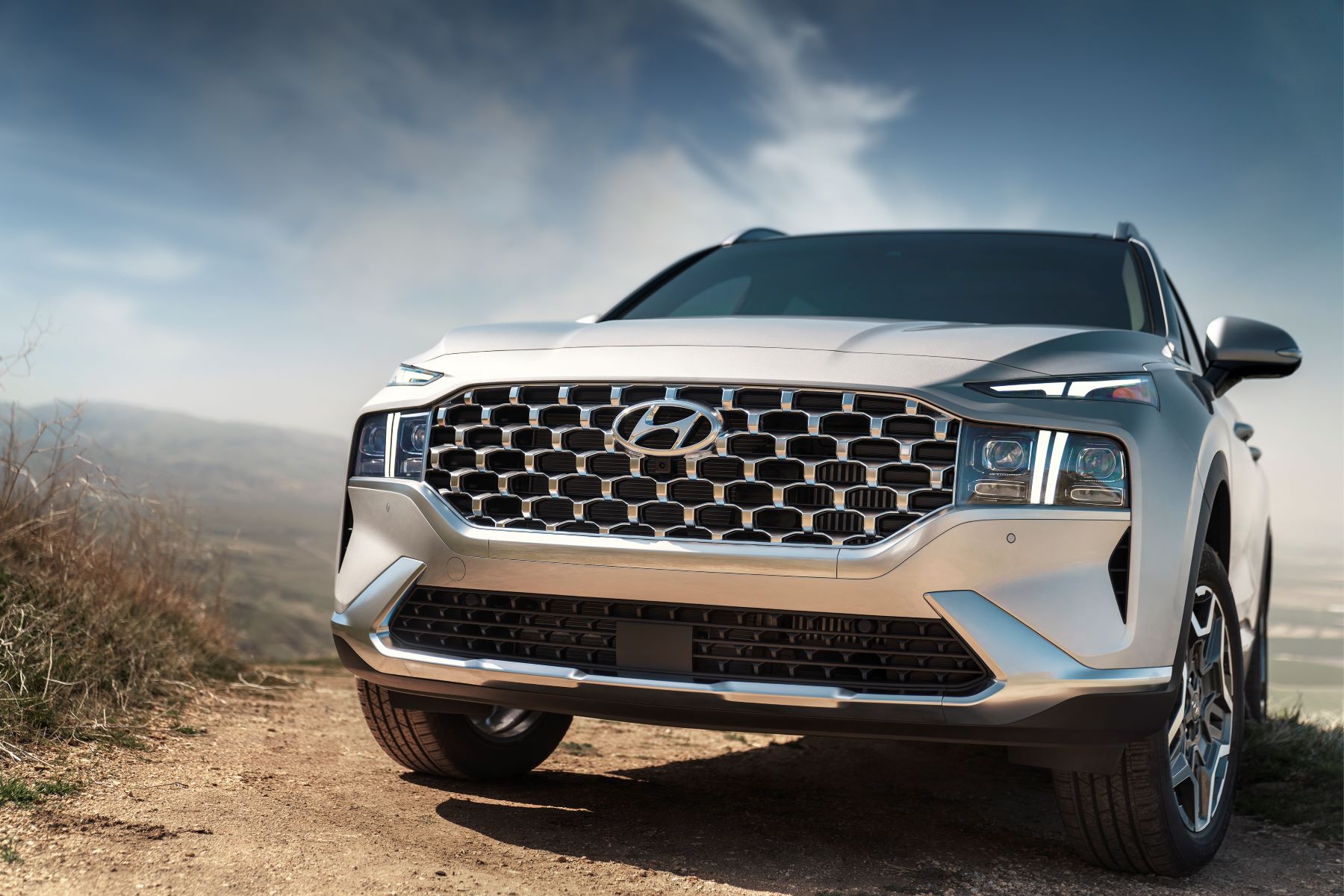
Only 2 Hyundais Are Plug-in Hybrids and AWD for 2022, but Can You Get One?
Hyundai is one of the most popular automakers in the world, and the South Korean automaker offers a lot of options for car shoppers to choose from. That being said, Hyundai is lacking in some areas, and this is especially true in terms of EVs and PHEVs that offer all-wheel drive. In fact, there are currently only two Hyundais in the 2022 model year that offer a PHEV powertrain and all-wheel drive. Additionally, not everyone will be able to get their hands on one.
Here’s how PHEVs are different from traditional hybrids
PHEVs are usually considered an in-between point between traditional hybrids and full EVs. A conventional hybrid typically has a tiny electric motor and a very small battery, mainly relying on the engine to do the work. Meanwhile, a PHEV typically has a larger battery and more powerful electric motors. As the name implies, a PHEV can also be plugged in to charge its battery.
That is not something a traditional hybrid can do. Because of this, a PHEV can also travel in battery-only mode. When it’s in that mode, it is essentially an EV, as it’s only using its battery to move around. That said, PHEVs typically can’t do that for very long, and 30 miles of electric range is about average. Additionally, because of those EV components, a PHEV is eligible for federal tax credits, while traditional hybrids aren’t.
Hyundai offers the 2022 Santa Fe Plug-in Hybrid and the 2022 Tucson Plug-in Hybrid

According to Hyundai, two Hyundai PHEVs currently have all-wheel drive. The first is the Tucson Plug-in Hybrid, a compact crossover SUV starting at about $35,500 MSRP. The other is the Santa Fe Plug-in Hybrid, a midsize crossover SUV that starts at about $40,000 MSRP. Overall, they’re both great PHEV options for families, but there’s a big caveat.
Currently, Hyundai is not selling these Hyundai PHEVs in every state. Hyundai only sells the Santa Fe Plug-in Hybrid and the Tucson Plug-in Hybrid in California, Colorado, Connecticut, Maine, Massachusetts, Maryland, New Jersey, New York, Oregon, Rhode Island, and Vermont. All those states currently follow California’s emission standards, which may explain why Hyundai is being selective about where these PHEVs are being sold.
This may change in the future, but for now, car shoppers hoping to buy a PHEV from Hyundai may have to be patient if they don’t live in one of those states. Folks who live there will have access to these PHEVs, and therefore they will be able to buy some great cars.
A comparison between those two Hyundai PHEVs
Both Hyundai SUVs have a fairly similar powertrain setup. They both have a 1.6-liter turbocharged four-cylinder engine that works with an electric motor to produce 261 horsepower and 258 lb-ft of torque. Their electric motors are both paired to a 13.8-kWh battery and come with all-wheel drive as standard. That said, since the Tucson Plug-in Hybrid is a smaller SUV, there will be some efficiency and range differences between the two Hyundais.
The Tucson Plug-in Hybrid has about 33 miles of electric-only range, while the Santa Fe Plug-in Hybrid only has about 30 miles. In hybrid driving mode, the Tucson Plug-in Hybrid gets 80 MPGe combined, while the Santa Fe Plug-in Hybrid gets 76 MPGe combined. The main difference between the two, of course, comes down to size. The Santa Fe Plug-in Hybrid can have three rows of seats, allowing it to carry more cargo and passengers.


